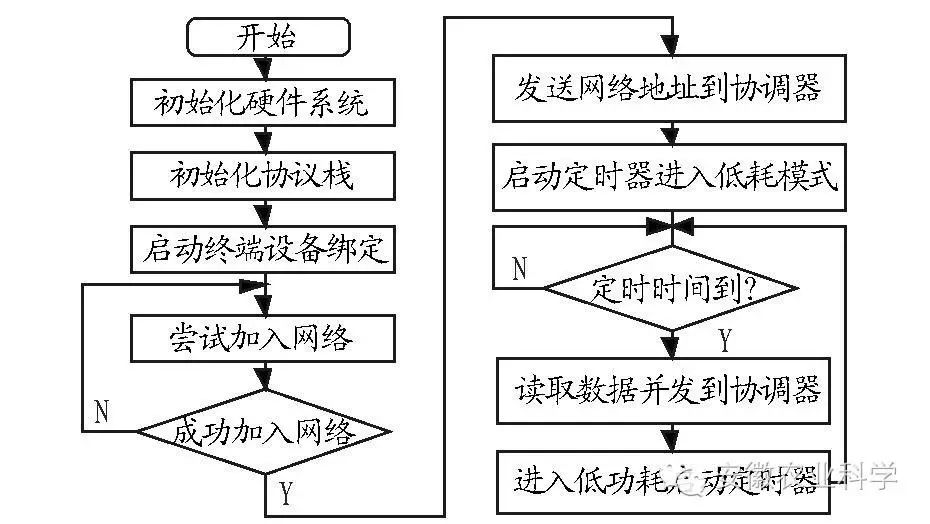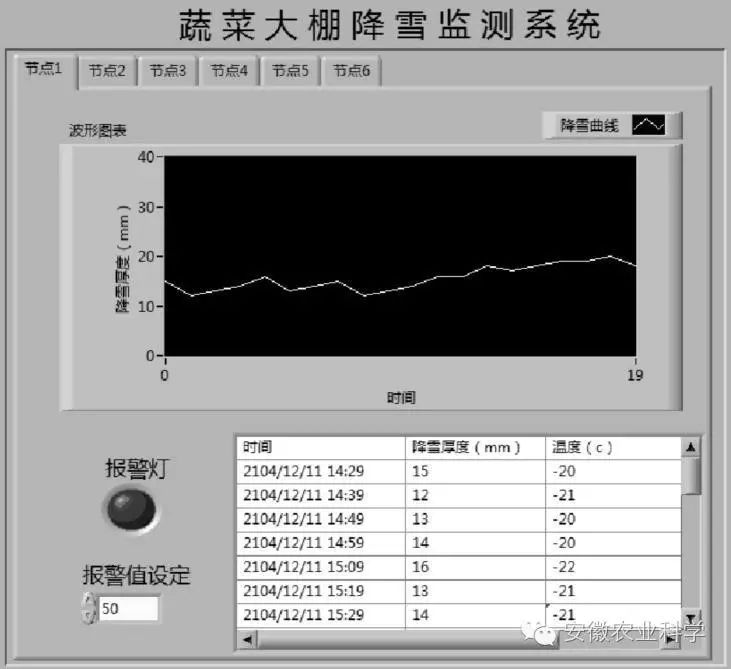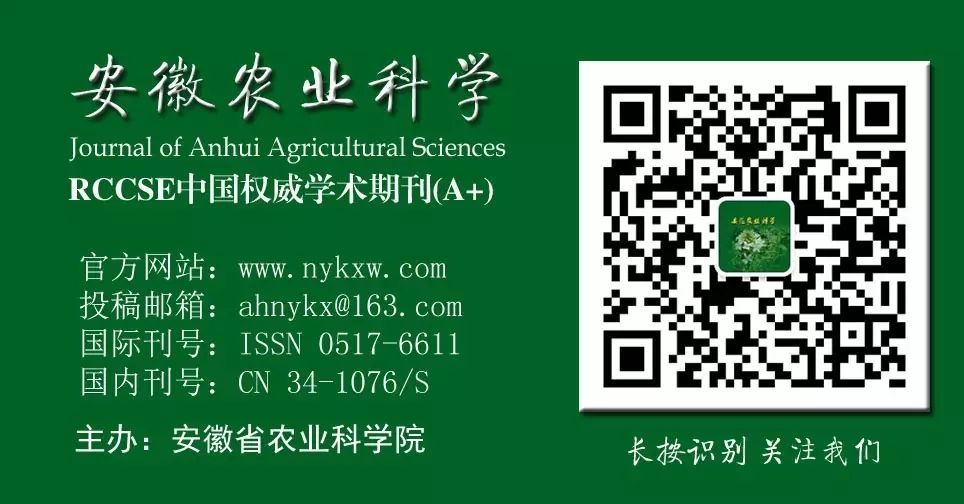Zhao Huaqin et al.┃ Jiamusi University, Jiamusi, Heilongjiang

Abstract: In response to the large-scale reduction in vegetable production in greenhouses due to snowfall in recent years, a snow accumulation detection system for vegetable greenhouses based on the ZigBee wireless sensor network and LabVIEW has been designed. The sensor nodes, routing nodes, and coordinator nodes of the system are all centered around the CC2530, distributed in different locations as terminal nodes. After collecting the snow thickness, data is transmitted to the coordinator node via routing nodes; the coordinator sends the data to the upper computer for detection through an Ethernet gateway. The upper computer interface is developed using LabVIEW, allowing for real-time detection, historical data queries, and alarm functions. Field test results show that the system has advantages such as accurate data collection, low power consumption, easy installation, strong scalability, and low cost, making it valuable for practical application and promotion.
Keywords: Snow Monitoring; ZigBee; LabVIEW; Wireless Sensor Network
Funding Projects: National Natural Science Foundation Project (51278227); Heilongjiang Provincial Natural Science Foundation Project (QC2015072); 2016 Heilongjiang Province College Students Innovation and Entrepreneurship Training Program Project (201610222061); Jiamusi University Talent Cultivation Fund Project (RC2010-027); Jiamusi University Key Educational Research Project (JKA2012-092).

The existence of vegetable greenhouses allows people to consume fresh vegetables even in the cold winter, but news of vegetable greenhouses collapsing due to snowfall, causing economic losses for farmers, is not uncommon every winter. Therefore, the author designed a snow accumulation detection system for vegetable greenhouses based on the ZigBee wireless sensor network and LabVIEW, and conducted field tests on the system’s operation.
1
Overall System Design
ZigBee networking structures include star, mesh, and tree topologies[1]. Based on the characteristics of the actual application scenario of the snow monitoring system for vegetable greenhouses, a star structure is chosen. The system structure is shown in Figure 1.

Figure 1 Snow Monitoring System Structure for Vegetable Greenhouses
2
System Hardware Design
The system consists of a ZigBee coordinator, routing nodes, and sensor nodes, with the hardware design of the terminal nodes shown in Figure 2.

Figure 2 Coordinator Hardware Design
The terminal nodes consist of a CC2530 processor, power module, distance measuring sensor, button module, and RF transceiver. They are mainly responsible for sending the measured snow data to the corresponding coordinator or to the coordinator via routing nodes. The hardware design of the coordinator is shown in Figure 3, which consists of a CC2530 processor, power module, button and display module, Ethernet module, and RF transceiver. The CC2530 processor parses the data packets containing snow thickness received by RF and sends them to the upper computer for detection via Ethernet, where the display module can show information about newly added nodes and nodes currently connecting, facilitating monitoring of node operation.

Figure 3 Terminal Node Hardware Design
3
System Software Design
The system is based on the IEEE 802.15.4 protocol and developed using the Z-stack protocol stack developed by TI. The software flow of the coordinator is shown in Figure 4.

Figure 4 Coordinator Software Flow
After the system is powered on, the initialization of each module occurs. Once the system is ready, it actively scans and sends beacon request commands to detect whether a coordinator exists in the network. If a coordinator is detected within the scanning period, a link request is sent. If the coordinator has enough address resources, it assigns a 16-bit short address to the node and generates a response command including new connections and connection status, thus completing the connection between the node and the coordinator. The terminal nodes are responsible for sending real-time snowfall data from the measured greenhouse to the coordinator or routing nodes. The software flow of the terminal nodes is shown in Figure 5.

Figure 5 Terminal Node Software Flow
4
Upper Computer Data Processing and Experimental Results Analysis
The upper computer of the system utilizes LabVIEW software for visual development. As shown in Figure 6, it processes the snowfall thickness and temperature data measured by each node in separate pages, with each page having a historical data storage section and a real-time data curve section. The alarm values for each node can be set separately, with different alarm values set based on the different pressure tolerances of various vegetable greenhouses. When an alarm occurs, it automatically jumps to the alarm node interface while the alarm light turns on. The use of LabVIEW for software development has a short development cycle and strong maintainability, and has been verified in the field with excellent performance and reliability.

Figure 6 LabVIEW Upper Computer Software Interface
5
Conclusion
This study designed a snow monitoring system for vegetable greenhouses based on ZigBee and LabVIEW, proposing a feasible strategy for measuring snowfall in vegetable greenhouses. It is an indispensable part of future snow disaster prevention in vegetable greenhouses. The system performs excellently in actual use, with accurate measurements of snowfall, and the placement of different nodes in various positions of the vegetable greenhouse facilitates comprehensive monitoring.
[1] Jiang Ting, Zhao Chenglin.Purple Bee Technology and Its Applications[M].Beijing: Beijing University of Posts and Telecommunications Press,2006.

✄ Editor: Jiang Jiang
✄ Source: “Anhui Agricultural Science” 2016, 27th Issue
